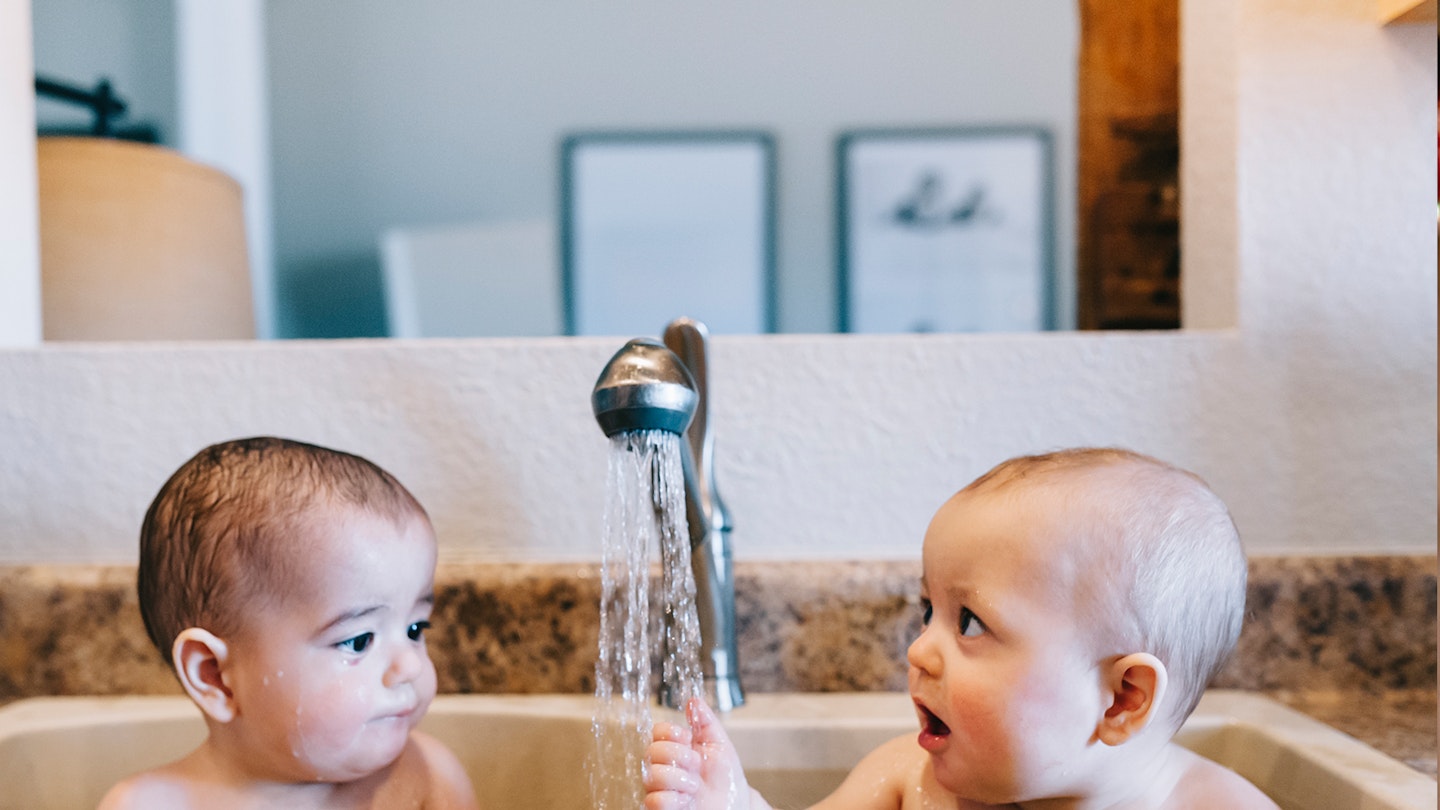Whether you're expecting twins or a bit curious about what exactly happens whentwins are together in the womb, it's only natural to want to know all the ins and outs about them.
Fraternal twins are twins that look different from each other and could be two girls, two boys, or one of each.
Here are some wonderful and weird facts about fraternal twins that we guarantee you had no idea about before now.
fraturnal twins
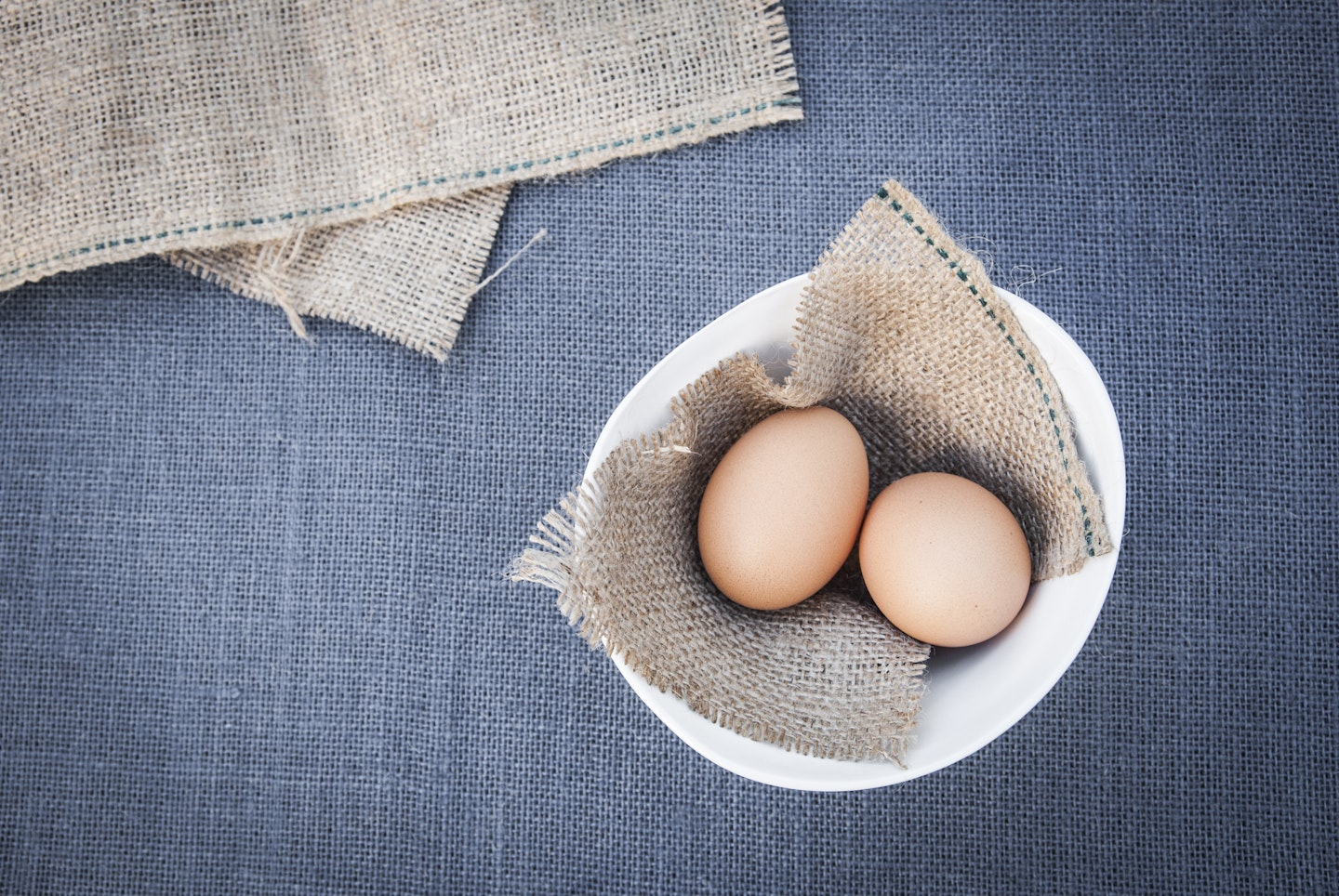 1 of 9
1 of 91) Fraternal twins come from two different eggs
Fraternal twins come from their own egg and sperm, which is known as dizygotic, while identical twins are monozygotic. Monozygotic refers to the fact that they are formed from the same egg and sperm and then split into two after conception has taken place.
 2 of 9
2 of 92) They can either be the same gender or a combination of genders
Fraternal twins can either be two boys, two girls or one of each as fraternal twins come from separate eggs and conceptions. The gender of your twins will be determined by the father’s sperm.
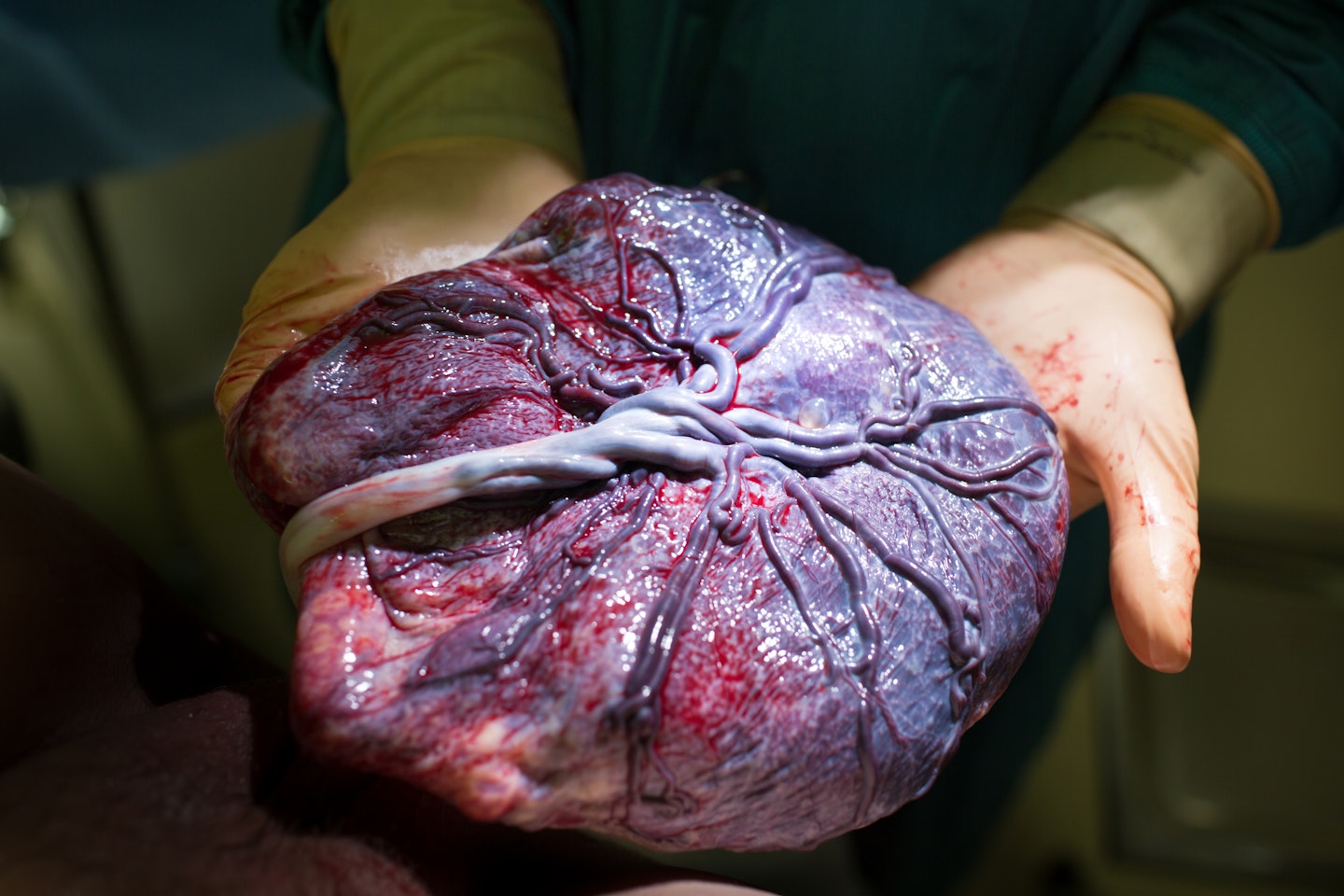 3 of 9
3 of 93) Two placentas, one for each baby
When fraternal twins occur, it could be that there will be two placentas developed so both babies have one. But some monozygotic twins have one to share. As they have their own placentas they are not at risk of some of the risky conditions which affect monozygotic twins.
 4 of 9
4 of 94) They may be conceived at different times or from different fathers
During ovulation, one egg is released normally, but when hyperovulation occurs, multiple eggs are released into the womb. Fraternal eggs occur when they are conceived a few days apart. So if an egg was fertilised and begins to travel to the uterus, another egg can then be fertilised after from another time, which is called superfetation. This is where if a woman was sexually active with more than one partner, each egg may have a different father.
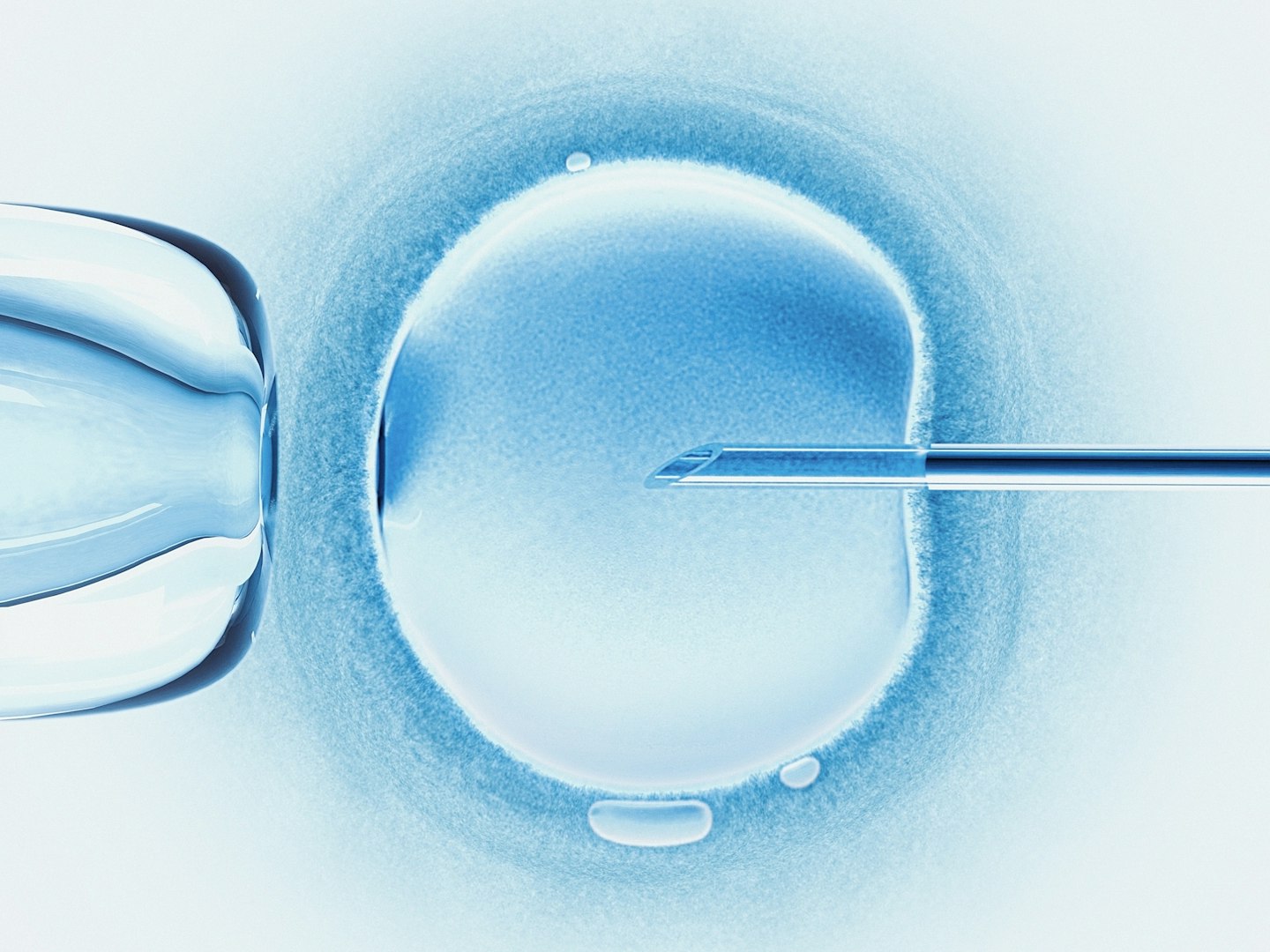 5 of 9
5 of 95) Fraternal twins might be due to the result of fertility treatments
Since technology has made fertility treatments more available, the birth rates of twins have increased and, it's often the case where these treatments produce multiple eggs, with IVF, for example.
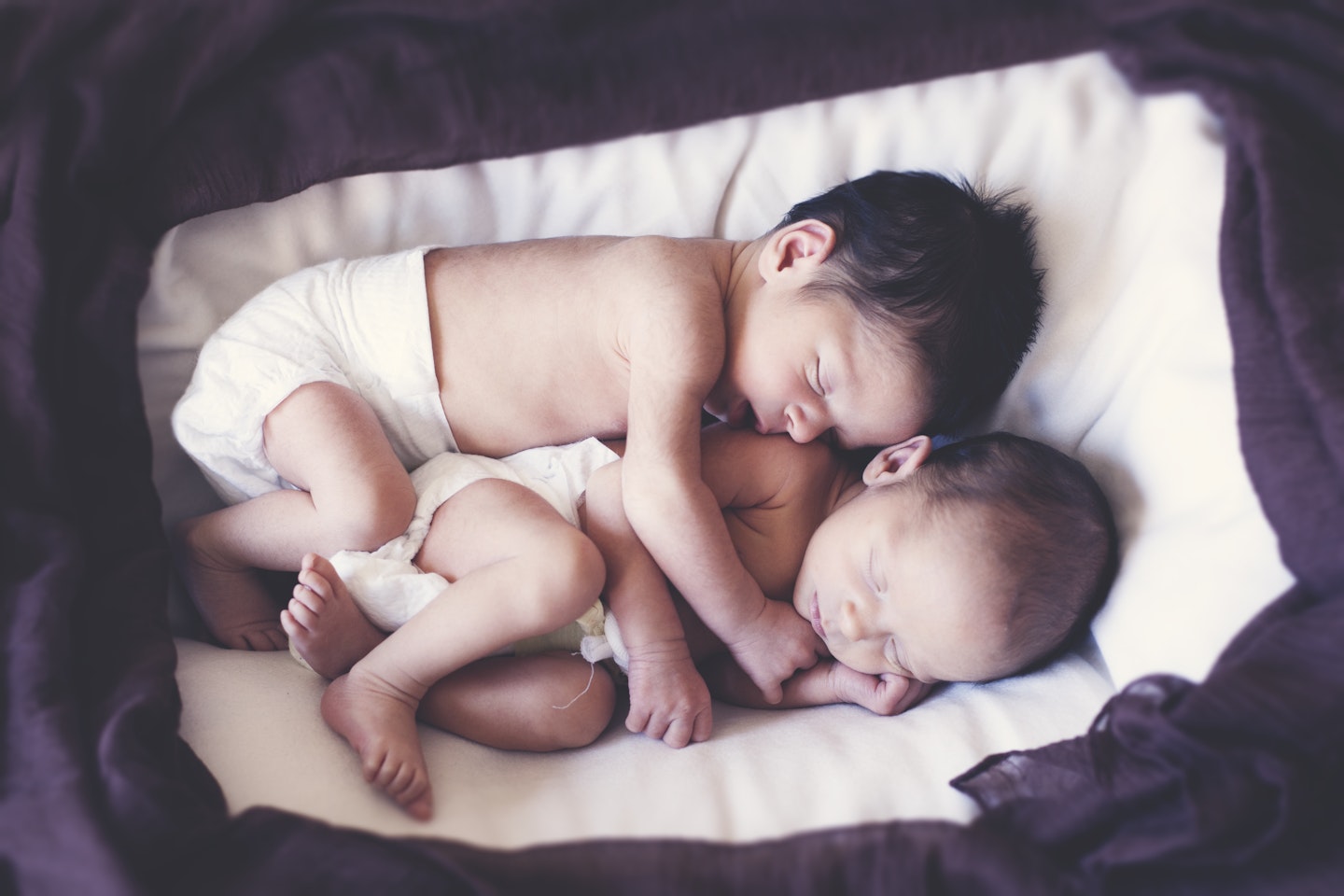 6 of 9
6 of 96) Massachusetts has the most twin births in America
The states with the highest twin birth rates are Massachusetts, New Jersey, and Connecticut. The states with the lowest twin birth rates are New Mexico, Arizona, and Arkansas.
 7 of 9
7 of 97) Women who eat a lot of dairy are more likely to have twins
A study published in the Journal of Reproductive Medicine that women who eat more dairy are at more of a chance of conceiving twins.
Steinman found this when he compared twin rates from vegan mothers and non-vegan mothers, and those who had dairy were five times more likely to have twins.
This is down to the fact that cows also produce IGF in response to growth hormone, release into their blood, and, it gets released into their milk, which women then consume.
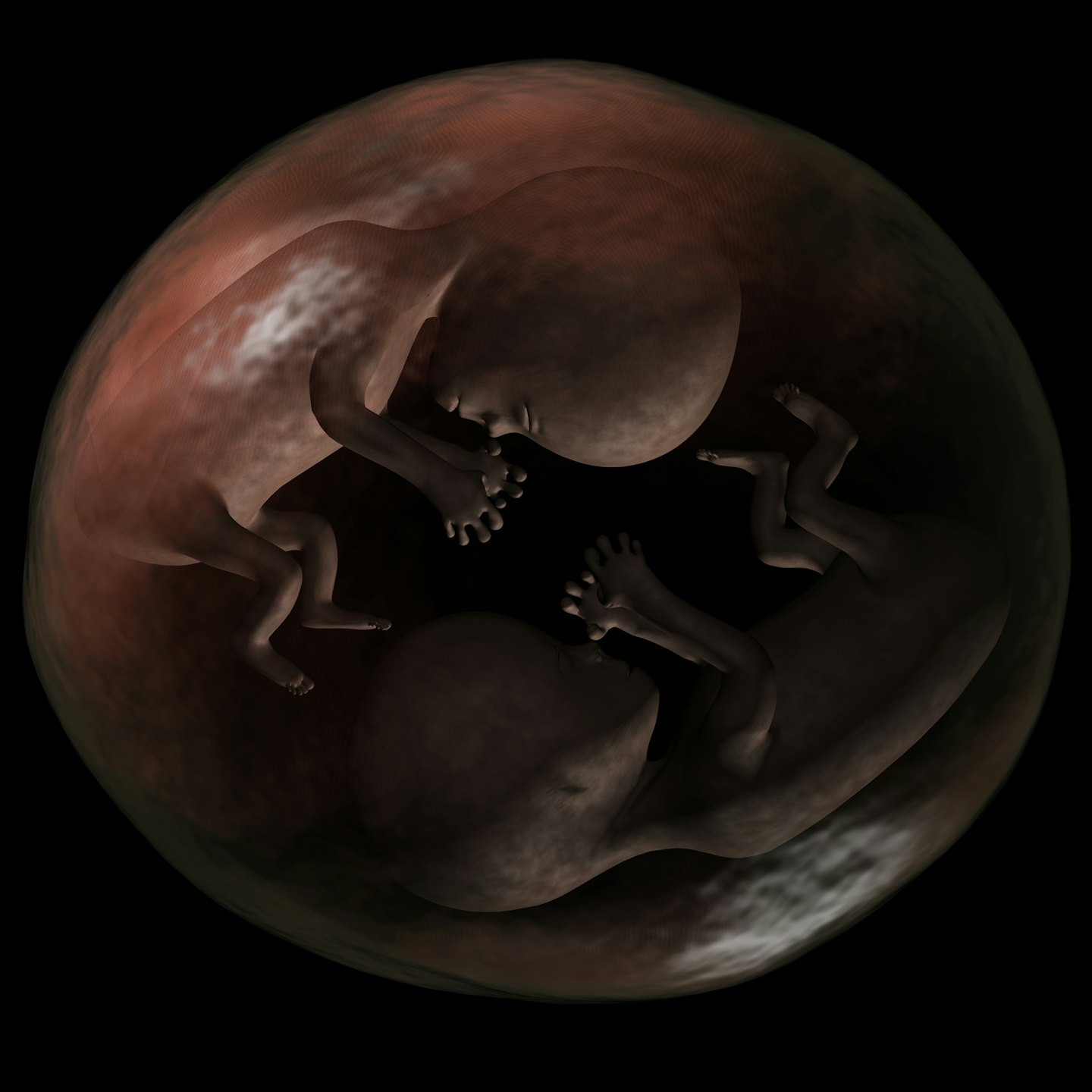 8 of 9
8 of 98) Twins interact with each other in the womb
Researchersat Umberto Castiello of the University of Padova say at 14 weeks pregnant, twins are at the point of reaching for each other, and by 18 weeks they touch each other more often than they touch their own bodies.
 9 of 9
9 of 99) 40% of twins invent their own languages
Researchers think twin babies create their own language (inverted words and onomatopoeic expressions) before they learn how to speak. This is said to be because of being very close and near to their twin from the very start.
Did you know these facts about fraternal twins? Let us know on Facebook or Twitter!
Now read:
7 surprising factors that increase your chance of having twins or multiple babies
